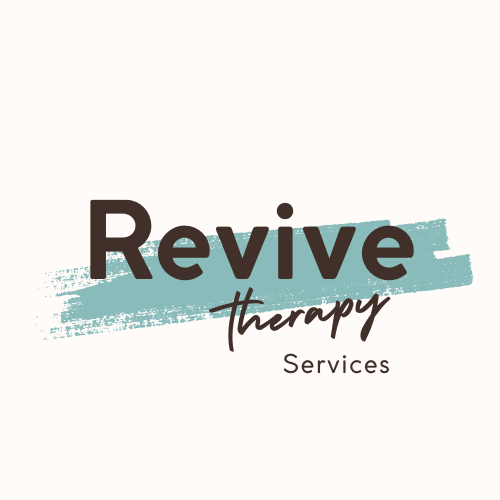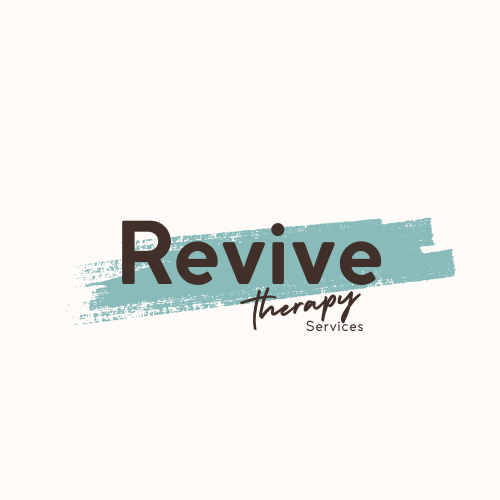Letting Go Isn’t Weak: What Fall Teaches Us About Surrender
As the air cools and the days grow shorter, something shifts — not just outside, but inside too.
Fall has a way of inviting reflection. The trees release what no longer serves them, trusting that the cycle of life will continue. But for many of us, that kind of trust feels foreign.
Letting go sounds peaceful in theory. In practice, it can feel terrifying. Especially if control once kept you safe.
When Control Was Your Survival Strategy
If you grew up in chaos, unpredictability, or emotional neglect, you probably learned to stay on high alert. You became the fixer, the overthinker, the peacekeeper — not because you wanted to, but because it kept you safe.
Hypervigilance, perfectionism, people-pleasing, and emotional numbing aren’t random personality traits. They’re your nervous system’s way of protecting you from pain.
The problem is that when your body never learned how to feel safe, it doesn’t know how to stop scanning for danger. Even when life is objectively okay, your mind still whispers: Don’t relax. Something could go wrong.
That’s not weakness — that’s trauma physiology.
And at some point, the very patterns that helped you survive start to hold you back from truly living.
The Nervous System’s Version of Autumn
Autumn is a time of slowing down. The natural world prepares for stillness, conserving energy for renewal. Your body has similar rhythms — but trauma often keeps you stuck in summer’s relentless “go” mode, afraid that rest equals danger.
That’s why this time of year can bring up unexpected emotions. You might feel heavier, sadder, or less motivated. You might notice old patterns resurfacing — overanalyzing, withdrawing, snapping at people you love.
You’re not backsliding.
Your system is simply trying to downshift — but without the safety to do it smoothly, it can feel like falling apart.
In trauma therapy, this phase of healing is often misunderstood. Clients sometimes say, “I thought I was getting better, but now I’m crying all the time.”
What’s really happening is that your body is thawing.
For the first time, you’re not locked in survival mode — and the parts of you that were frozen are finally beginning to move again.
Just like trees let go of their leaves, you’re learning to let go of control — not because you’re giving up, but because your body is realizing it doesn’t need to hold on so tightly anymore.
Why Letting Go Feels So Hard
Letting go requires safety.
It’s not something you can force with logic or willpower.
When your nervous system has spent years equating control with survival, surrender feels dangerous. You might tell yourself, I should be able to relax, but your body hasn’t gotten the memo yet.
Healing starts with helping the body feel safe enough to release. That’s what modalities like EMDR (Eye Movement Desensitization and Reprocessing) and Somatic Experiencing focus on — working directly with the nervous system, not just the mind.
In EMDR therapy, we help the brain reprocess past experiences that keep triggering fight, flight, or freeze. Instead of staying stuck in the old survival loop, your mind and body learn that those moments are over — that you can finally exhale.
In Somatic Therapy, we gently help the body complete the stress cycles it couldn’t finish before. Trembling, deep breaths, or subtle shifts in posture are the body’s way of releasing stored tension and reclaiming safety.
Letting go isn’t a mindset; it’s a physiological experience of trust.
The Truth About Surrender
Surrender doesn’t mean giving up.
It doesn’t mean letting people walk all over you or pretending that pain didn’t happen.
It means releasing the illusion that control will keep you safe.
It’s allowing space for something new to emerge — new beliefs, new patterns, new ways of relating to yourself and others.
Here’s what letting go might look like in daily life:
Not replaying a conversation, trusting that you said enough.
Pausing before you say “yes” to something that feels like a “no.”
Allowing yourself to rest without earning it.
Accepting help without shame.
Feeling emotion without judging it.
Each small act of surrender tells your body: It’s okay. You’re safe now.
Therapy as a Safe Place to Practice Letting Go
At Revive Therapy Services, we don’t push you to let go before you’re ready. We build safety first — because safety is the soil where healing grows.
Whether it’s through EMDR, Somatic Experiencing, or Ketamine-Assisted Psychotherapy (KAP), our goal is to help your nervous system find a new baseline — one rooted in calm instead of control.
Ketamine therapy, for example, can help increase neuroplasticity — your brain’s ability to form new connections.
If you imagine your old trauma patterns like deep grooves in a ski hill, ketamine is like a fresh layer of snow — giving you a chance to carve new paths forward.
When combined with trauma-focused therapy, this kind of work can create lasting change — not just insight, but real nervous system rewiring.
Letting Go as an Act of Strength
It takes incredible strength to hold everything together for years. But it takes even more courage to finally set it down.
Letting go isn’t weak — it’s wisdom.
It’s your body’s way of saying, I’m ready for peace.
If you’ve been gripping tightly for a long time — to control, to old patterns, to pain — this season can be your invitation to loosen your hold. To let therapy support you in finding safety, rest, and trust again.
You don’t have to do it alone.
A Reflection for This Season
Take a quiet moment this week and ask yourself:
What am I still holding onto out of fear — and what might it feel like to set it down, even for a moment?
Begin Your Healing This Fall
Often times the clients that call us are the ones who have tried everything but still feel stuck. If you’re ready to let go — safely — our trauma-informed therapists can help.
Our compassionate and experienced therapists—Salima and Mary are here to walk alongside you. During your consultation, we'll help you determine if our approach feels right for you.
Schedule your free consultation today to explore how we can support your healing journey.
About Revive Therapy Services
At Revive Therapy Services, we specialize in trauma therapy that helps you relearn how to feel and heal. If you’re ready to stop running from emotions and start feeling safe in them, we’d love to walk that journey with you. In Philadelphia, PA we offer online and in person:
EMDR Therapy: Helps your brain reprocess stuck memories, core beliefs, and emotional patterns that live beneath the surface of your thoughts.
Somatic Experiencing: A body-based approach that helps you build tolerance for sensation and create safety within your nervous system, at a pace that respects your capacity.
IFS (Internal Family Systems Therapy): A compassionate, evidence-based approach that helps you explore and heal the different “parts” of yourself—like the inner critic, the people-pleaser, or the wounded child. Instead of trying to get rid of these parts, IFS helps you understand them, build inner harmony, and reconnect with your core Self—the calm, confident center within you that can lead the healing process.
Ketamine Assisted Therapy (KAP): A treatment that combines the medication ketamine with therapy to help people work through depression, anxiety, PTSD, or other mental health challenges. Ketamine can help your brain ‘reset’ some of the patterns that keep you stuck in negative thoughts or feelings, creating a window where it’s easier to process emotions and gain new insights. During sessions, you’ll have a guided experience with a trained therapist who helps you reflect, process, and integrate what comes up. The goal isn’t just the effects of the medication — it’s using that experience to support real, lasting changes in how you feel and cope
Craving the raw, unfiltered side of therapy conversations?
If today’s post resonated with you, I’d love to invite you to listen to my podcast Trauma, Tea, and Tangents! It’s a space for real talk about healing, resilience, trauma, and everything in between. Each episode blends trauma-informed perspectives with relatable conversations to remind you someone else is probably thinking what you are too! Available on all major platforms—just search for Trauma, Tea, and Tangents wherever you listen!
Subscribe to my Substack for more authentic conversations about trauma, healing, and navigating life as a human. This is my unfiltered, behind-the-scenes content that you won’t find on here!





